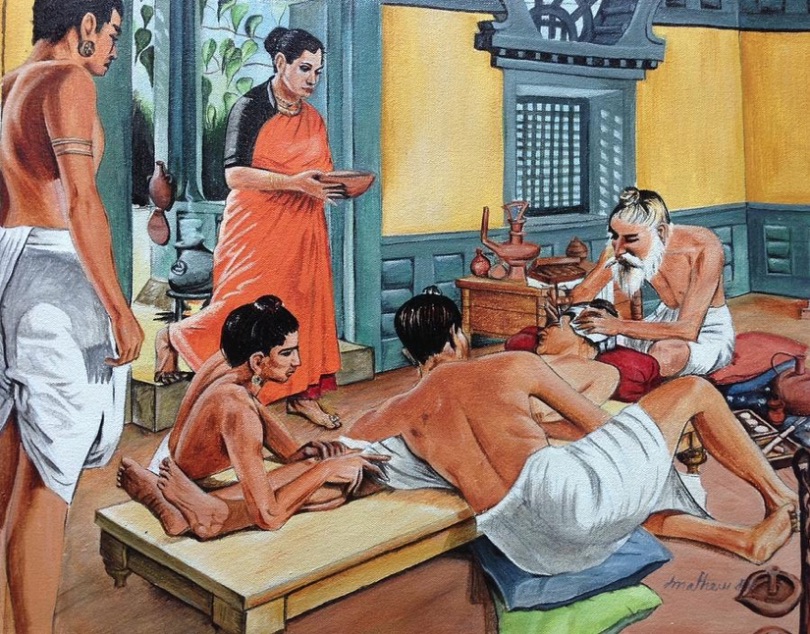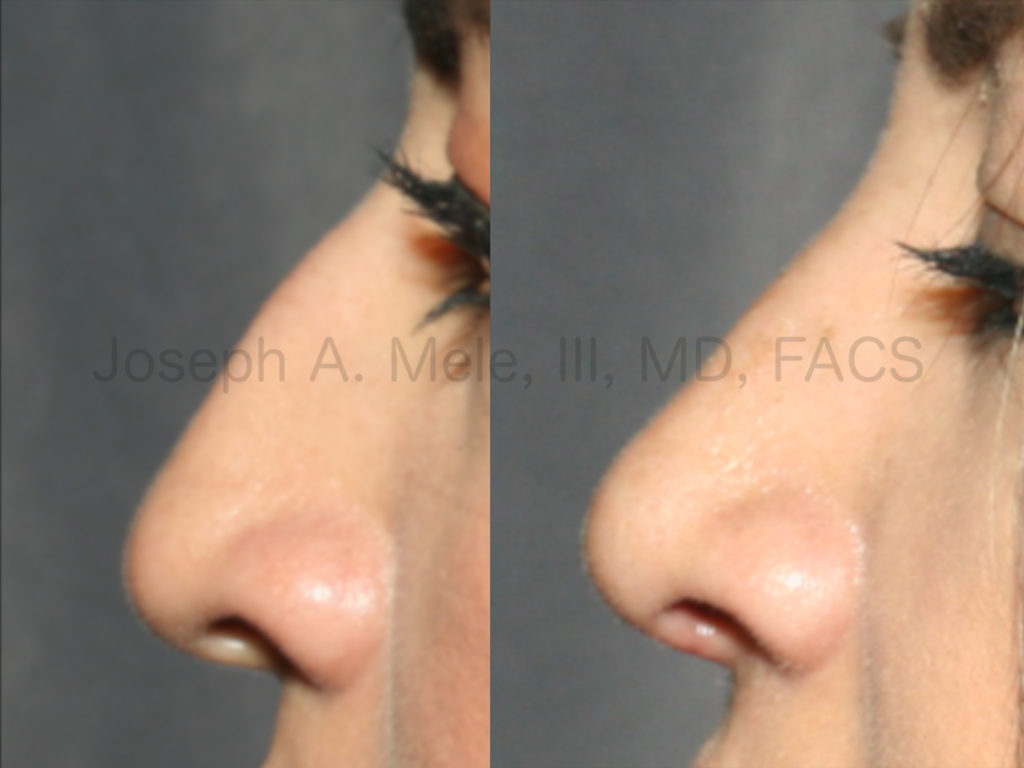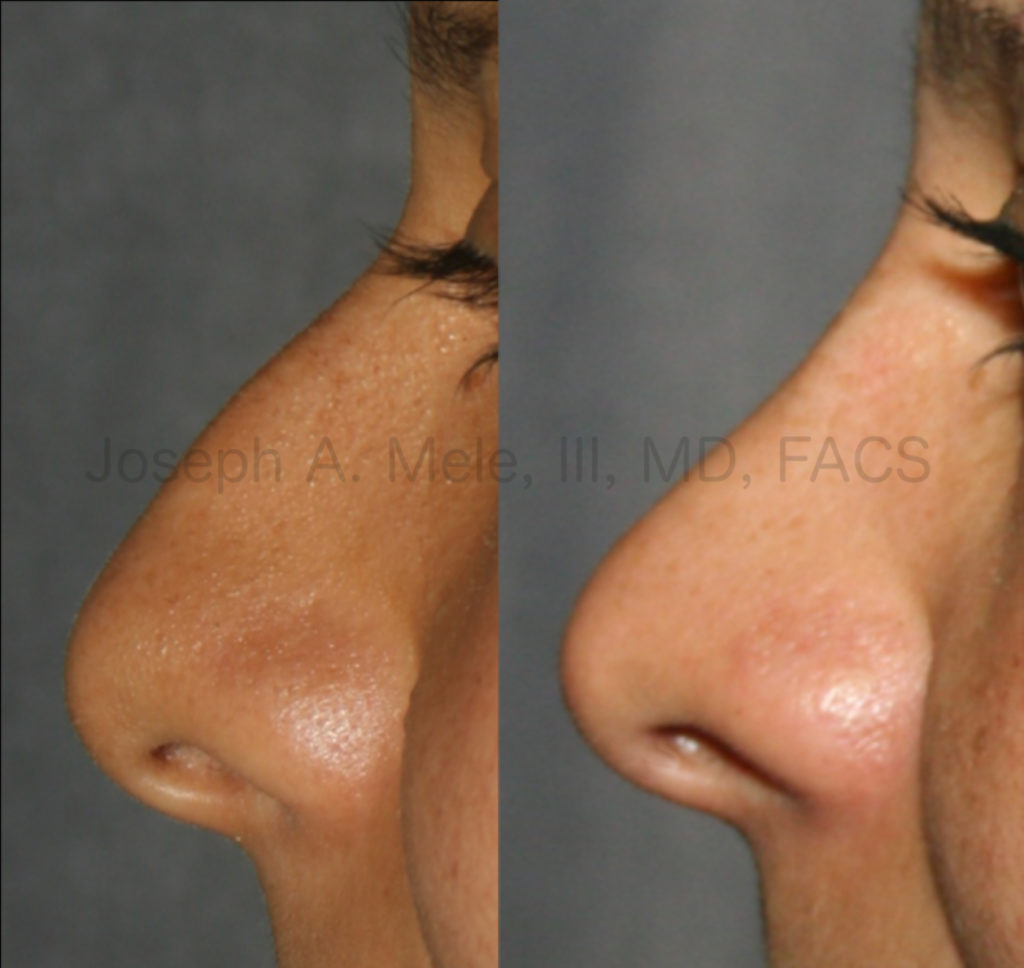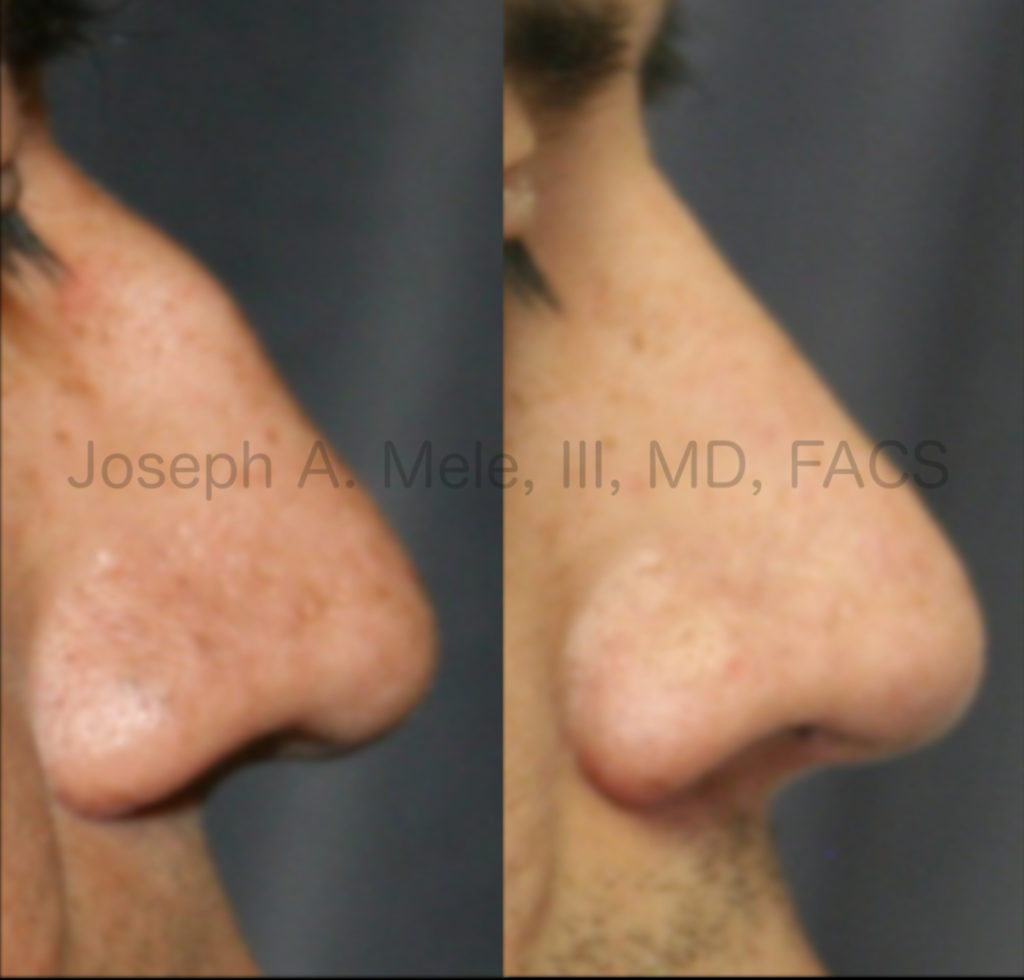
The Nose Job is the archetype for all plastic surgery. The procedure has defined surgeons who were concerned with the cosmetic outcome of surgery for the last several thousands years. The evolution of nasal surgery parallels the emergence of plastic surgery as a specialty.
A Brief History of Rhinoplasty
Surgical repair of a broken nose is first mentioned in the Edwin Smith Papyrus, a transcription of text dated to ancient Egypt from 3000 to 2500 BCE. In 1550 BC, rhinectomy, or cutting off the nose, was inflicted as a criminal, religious, political and military punishment. The Ebers Papyrus of that time describes Rhinoplasty as plastic surgery for reconstructing a destroyed nose.
The first written descriptions of elective cosmetic rhinoplasty are found in the Sushruta Samhita around 500 BC. Sushruta, was an Indian surgeon who is considered to be the father of plastic surgery, if not surgery in general. He wrote prolifically of surgery and even sketched the instruments he used. Many of the same procedures and instruments are still used today.

The illustration above is of Sushruta performing ear surgery. Notice the large “anesthesiologists” holding the patient down, and their back up waiting at the foot of the operating table to assist.
The first Rhinoplasty descriptions in the western world are from the late 1500s. In Italy, Gasparo Tagliacozzi (1546–1599), professor of surgery and anatomy at the University of Bologna, published Curtorum Chirurgia Per Insitionem (The Surgery of Defects by Implantations, 1597), a procedure manual for the surgical repair and reconstruction of facial wounds in soldiers. The illustrations featured re-attachment rhinoplasty using a biceps muscle pedicle flap; the graft attached at three-weeks post-procedure; which, at two-weeks post-attachment, the surgeon then shaped into a nose. The alternative was an artificial metal nose.
Cosmetic Rhinoplasty

Cosmetic Rhinoplasty before and after pictures: Cosmetic nose surgery was performed to reduce the dorsal hump and rotate the tip of the nose upward. The result is a smaller, more aesthetically pleasing feminine nose.
Cosmetic Rhinoplasty is one of the most technically demanding of all cosmetic plastic surgery procedures. Unlike most surgery, in nasal surgery millimeters make a difference. How much reduction, augmentation, narrowing and rotation depend on both aesthetic ratios and personal preference. To help you visualize how changing the various dimensions of the nose changes its appearance, and to help me know that what you are asking for is possible, computer simulation is often used. This does not guarantee results; however, it facilitates communication and helps me understand with greater certainty how much change you desire to be happy with the results.
Female Rhinoplasty
There are differences between the female and male nose. In general, the female nose is smaller and slightly more upturned than the male nose. The shape is determined more by ratios than by absolute measurements, and the size of the chin and forehead directly impact how the nose is evaluated. A strong chin and projecting forehead need a larger nose for balance and facial harmony. On the other hand, a weak chin makes the nose look bigger. In some cases, Chin Augmentation may be of benefit to balance the entire face and provide improved facial aesthetics.

Cosmetic Rhinoplasty before and after pictures: Cosmetic nasal surgery reshaped the nose by reducing the bump on the nasal bridge and refining the tip.
The patient above complained about the bump on the upper part of her nose and a droopy tip. From the front view the tip was also wide and boxy. Her rhinoplasty included reduction of the dorsal hump, narrowing of the tip, upward rotation of the tip with increased projection and support to correct the droopy appearance. These results are a few months out, so a small amount of swelling remains at the tip.
Male Rhinoplasty
The masculine nose tends to be larger than the feminine nose. In part, this is because men tend to be bigger than women. While reduction of the dorsal hump is still very common for men, the dorsum is left straight and not reduced as much as for women. Also, since men are usually taller, the amount of upward rotation is reduced in men by an average of ten degrees.

Cosmetic Rhinoplasty before and after pictures: Cosmetic nasal surgery reshaped the nose by reducing the large “Roman” nose bump, but still creating an attractive masculine nose.
The gentleman above was bothered by the appearance of his nose, especially the large bump. The shape is often referred to as a “Roman nose”. Often inherited, the “Roman nose” can also be the result of trauma. Additionally, his nasal tip was overly narrow and small compared to the ala that cover the nostrils laterally. Much to his satisfaction, the dorsal hump was reduced, spreader grafts were used to maintain an open airway and his nasal tip was reconstructed.
Nose Job Consultations
When it comes to your nose, you want an experienced, board certified plastic surgeon, who has experience with a wide variety of noses and surgical techniques. In the San Francisco Bay Area contact Dr. Joseph Mele at (925) 943-6353 to schedule a private consultation appointment.
Previous Post Next Post